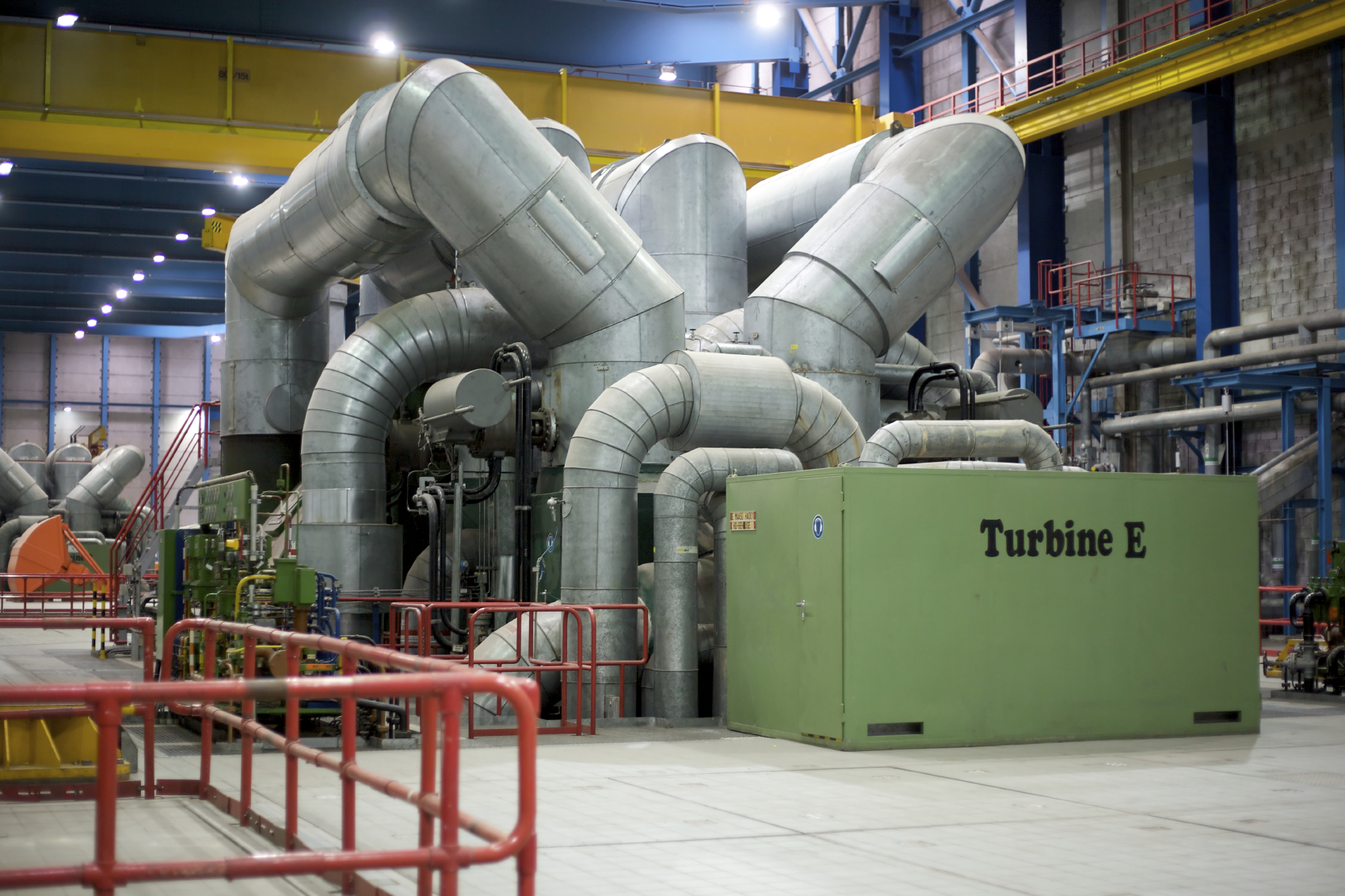Steam Turbine Control Systems
We have completed many control system upgrade projects in steam turbine plants. These plants include the following turbines:
- Boiler feed pump steam turbines
- CCGT steam turbines, train control
- Base load steam turbines upto 600MW
The scope of each project varies depending upon the size of the turbine and the requirements of the client, however, they may typically include:
- Removal of hydraulic governor systems.
- Fitting hydraulic actuators for steam valves.
- Fitting magnetic speed pick-ups.
The focus of all the systems installed is on improving operational reliability and reducing maintenance costs. This is achieved by removing, where possible, mechanical control equipment and replacing it with modern state of the art microprocessor-based controls.
The systems are controlled and monitored by screen-based HMI/SCADA systems that provide historical and real-time trending, greatly increasing the visibility for operators and engineers.
Steam turbine governor control has in the past been achieved using mechanical devices connected directly to the output shaft. These systems suffer from a number of deficiencies:
- Wear in mechanical components causes drift in the operating set points and non-linearity of control
- Regular maintenance is required at high cost
- Low system visibility for fault finding
 Steam Turbine
Steam Turbine
TCL have developed digital control systems to replace mechanical and analogue electronic equipment. Typical hardware supplied will include:
PLC controller, simplex, duty/standby or TMR hardware configuration. Programmed with:
- Turbine speed control
- Stress controlled run-up
- Boiler and vacuum support functions
- Alarm and trip protection
- Temperature/pressure monitoring
- Hardwired and PC based HMI
- MPU or eddy current type speed probes
- I/H controllers to interface with existing steam valves
Systems are designed to interface seamlessly with the retained plant. The micro-processor based control provides the ability to provide a number of key improvements in plant operation including:
- Step change in reliability
- Enhanced functionality, additional control modes
- Vastly improved diagnostics, real time and historical archiving
- Improved maintainability, on-load and off-load valve testing, etc.
System design
Systems are designed using a number of key criteria:
- To minimise plant outage time
- High system integrity to ensure reliable operation
- Ease of plant operation
- The design process also utilises extensive use of modelling software to validate and verify system design. This technique ensures minimum commissioning time.
Quality control
TCL have the following quality control accreditations:
- ISO 9001:2015
- TickIT Guide Issue 5 software production
- CSA Z299.2-85 Quality control developed for Canadian nuclear plans
The system software is produced using rigorous quality control procedures developed during TCL’s experience with developing software for nuclear power plants.
Steam turbine auxiliary control
TCL have experience of replacing ageing C & I equipment on many of the auxiliary systems that support a typical steam turbine power plant, including:
- Water treatment systems
- Water cooling system control
- Boiler burner management and interlock systems